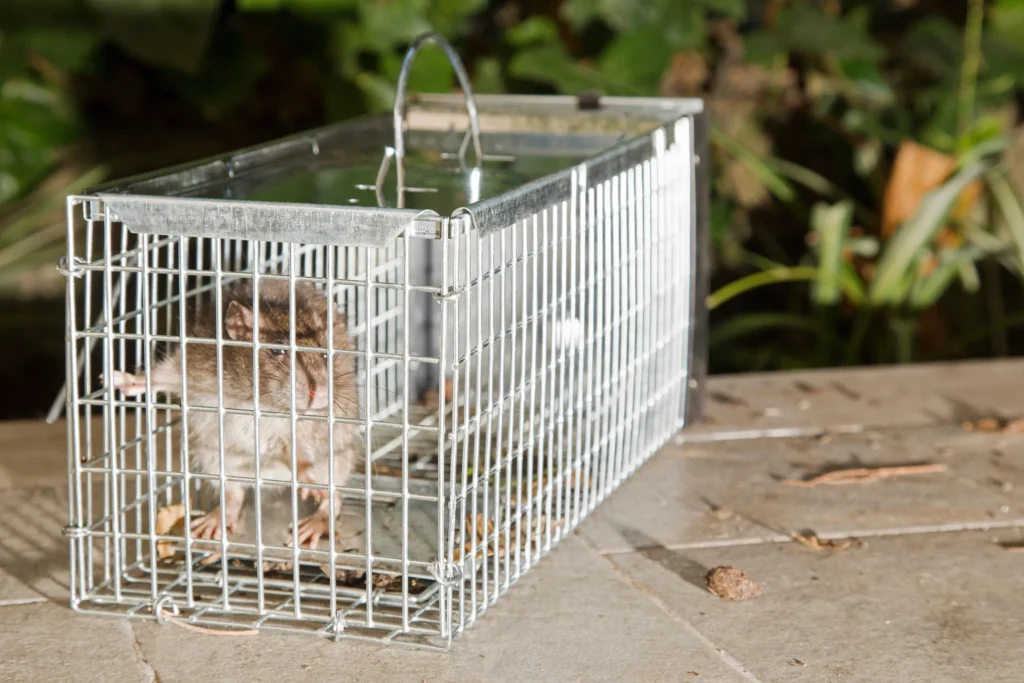
When keeping your home or business rodent-free, having the right rat traps can make all the difference. With so many options available, from mechanical traps to glue traps for rats, choosing the best one can be overwhelming. This guide provides rat trap reviews and compares the best traps for rats on the market to help you make the right choice for your pest control needs.
Reading rat trap reviews can give you valuable insights into the effectiveness, ease of use, and durability of various trap options, ensuring that you invest in a solution that works for your specific situation.
Table of Contents
What You Need to Know Before Buying Rats Traps
Before you invest in a trap for rats, it’s essential to understand the key factors that can influence the trap’s effectiveness. Here’s what you need to know when trapping rats:
Key Factors for Choosing the Right Rat Trap
- Type of Rat: Some rats traps are more effective for smaller rodents, while others are designed for larger rats.
- Location: Whether you’re placing the rats trap indoors or outdoors, you’ll need a product that fits the environment.
- Safety: If you have pets or children, selecting the safest trap for rats is a top priority.
- Ease of Use: Certain traps for rats, such as electric models, are easy to set up and reset.
Comparison of the Best Rat Traps on the Market
There are several types of rat traps available, each with its own advantages and disadvantages. To help you make an informed decision, we’ve compiled rat trap reviews to highlight the strengths and weaknesses of the most popular options on the market.
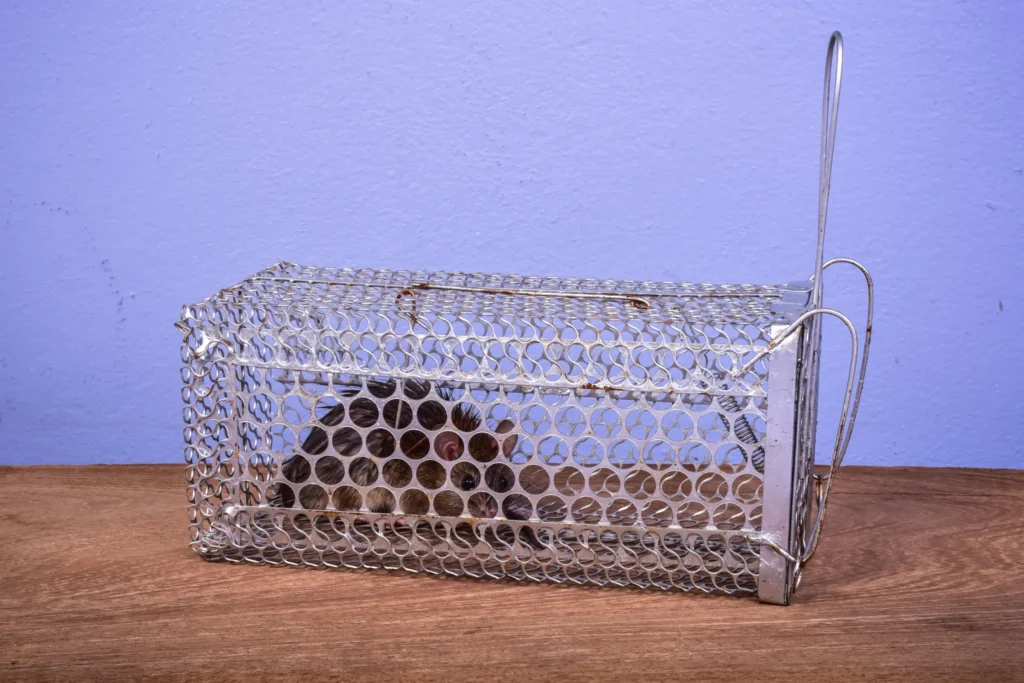
Mechanical Rats Traps
Mechanical traps, like the classic snap traps, have been used for decades. They are simple, effective, and reusable. However, they may not always be the best option when dealing with a large infestation or particularly cunning rats.
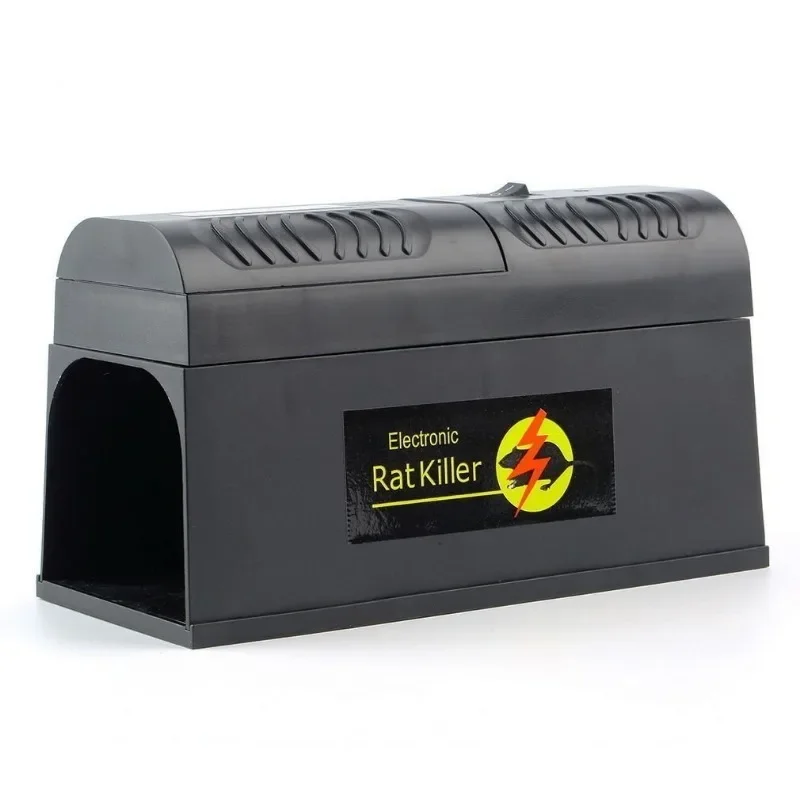
Electric Rats Traps
Electric traps for rats are designed to deliver a high-voltage shock to kill the rat instantly. These are considered one of the best traps for rats because they are quick, humane, and easy to clean.

Glue Traps for Rats
Rats glue traps capture the rat on a sticky surface, preventing it from escaping. While they are effective, they raise ethical concerns and may not be suitable for homes with pets.
By considering rat trap reviews, you can better understand which trap is the best for your pest control needs. These reviews offer insights into real-world experiences, helping you determine which traps provide the most effective, humane, and hassle-free solutions.
Top 5 Best Rats Traps for Effective Pest Control
To help you make an informed decision, we’ve rounded up the best rats traps available. Here are the top five products that consistently deliver results.
1. Victor Electronic Rat Trap: The Best-Selling Option
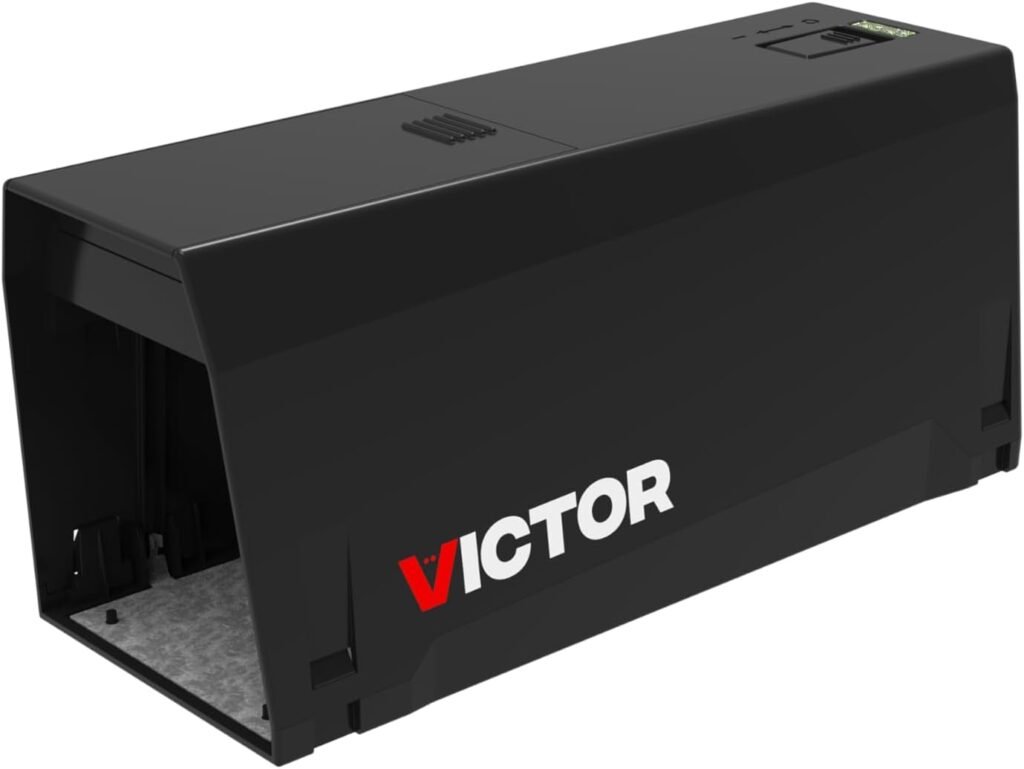
The Victor Electronic Rat Trap is one of the best traps for rats thanks to its advanced technology that provides a quick and humane kill. Ideal for indoor use, this trap is perfect for those who want to avoid the mess of traditional traps.
2. Snap-E Rat Trap: Economical and Efficient

The Snap-E trap for rats is a mechanical option that’s easy to set up and reuse. It’s considered one of the best traps for rats for those looking for a budget-friendly yet effective solution.
3. Rat Zapper Classic: Innovation Meets Technology
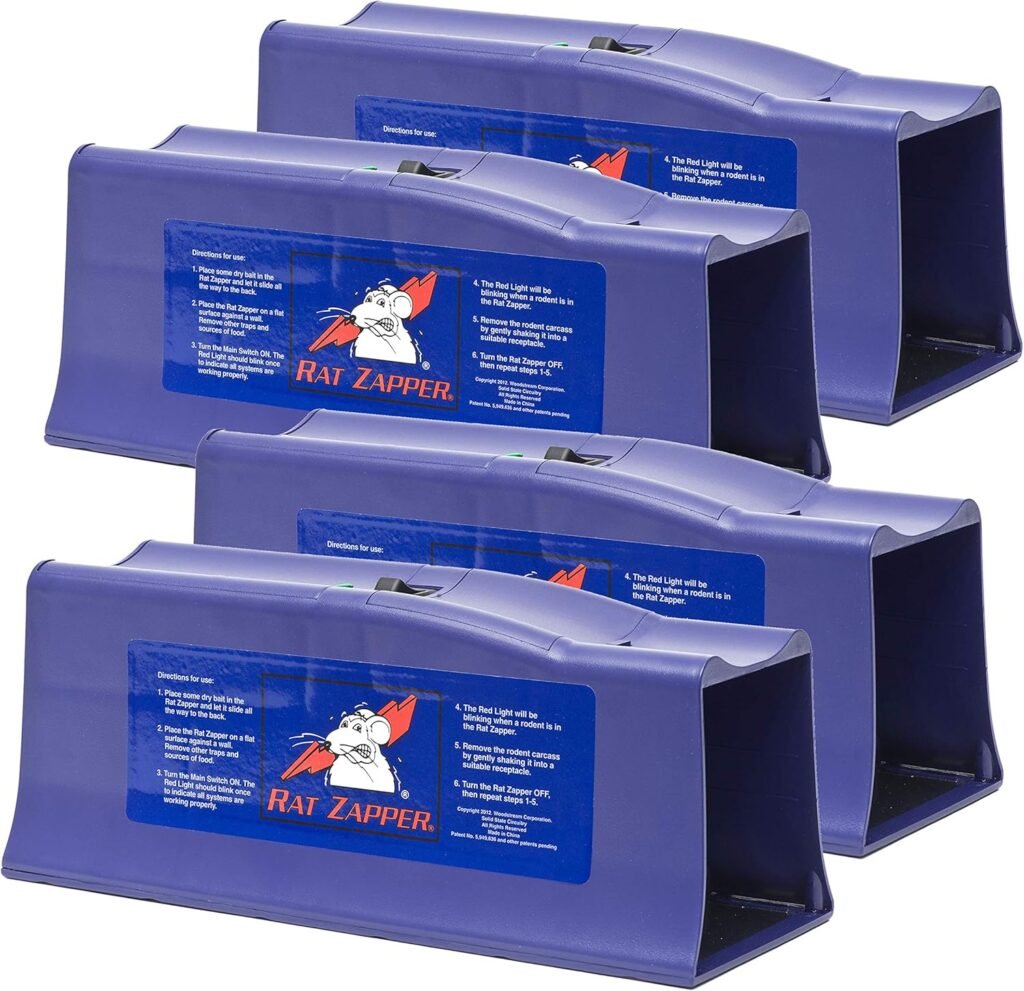
The Rat Zapper Classic uses electric shock technology to instantly kill rats. It’s highly effective and one of the most popular rats traps on the market today.
4. Tomcat Rat Snap Trap: Durable and Precise
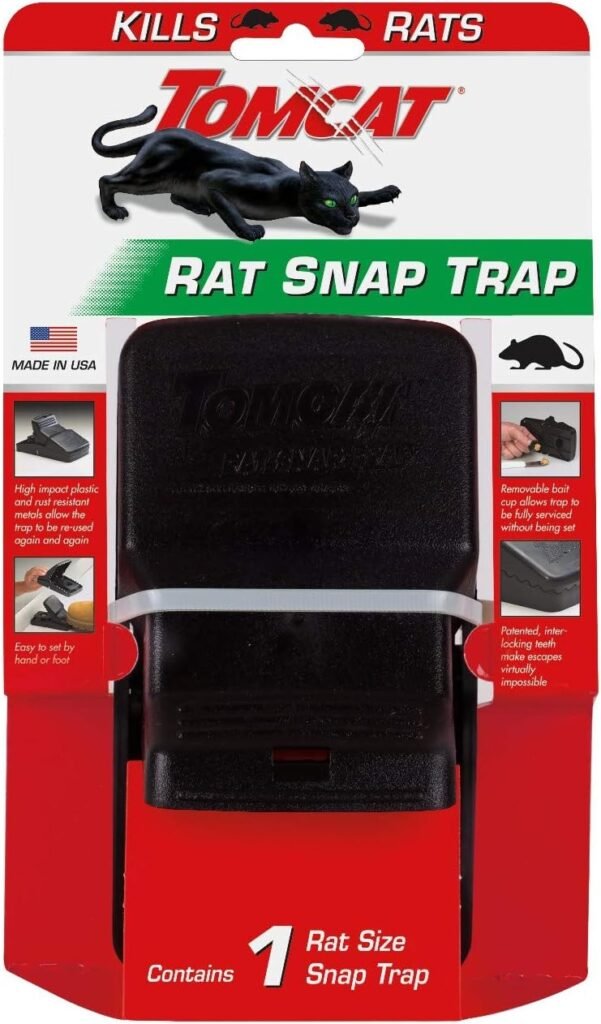
The Tomcat Rat Snap Trap is a heavy-duty mechanical trap that is reliable and long-lasting. Its durability makes it one of the best rats traps for outdoor use.
5. Catchmaster Glue Traps: A Non-Toxic Alternative
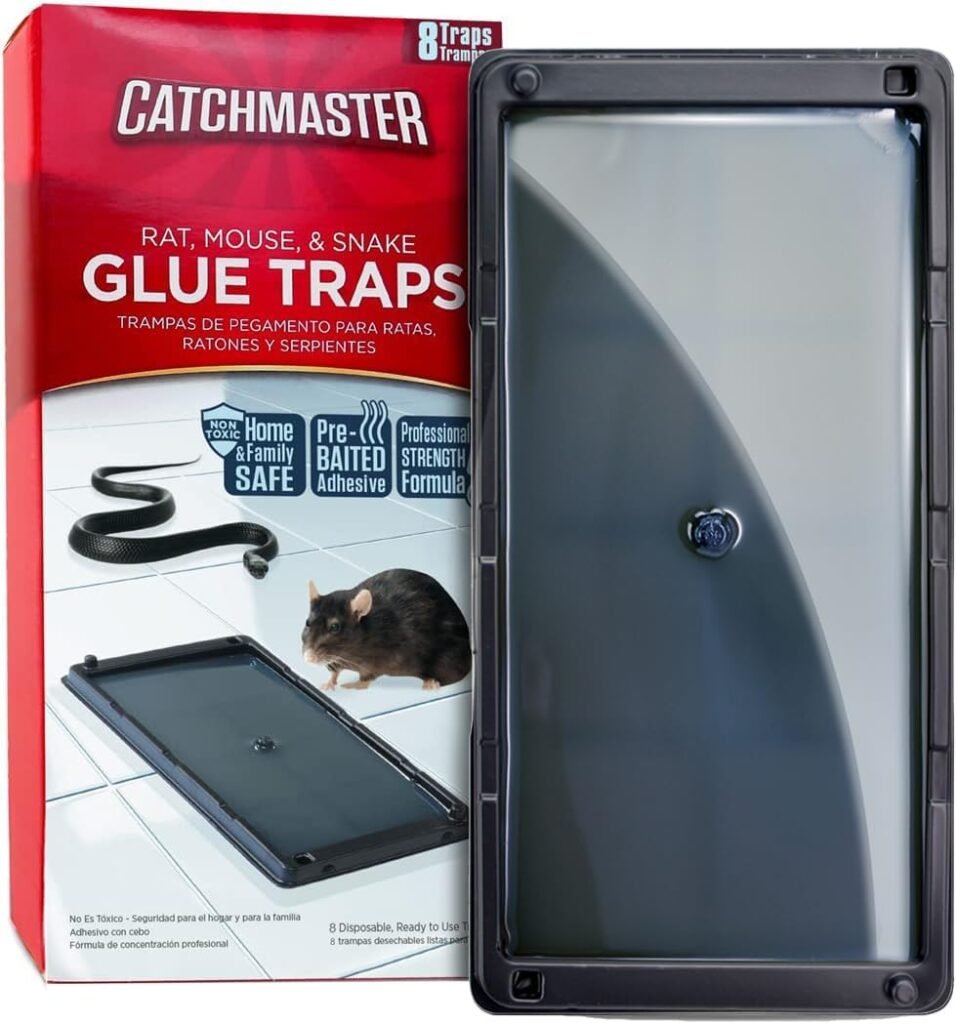
If you’re looking for a glue trap for rats, Catchmaster’s Rats glue traps are an excellent option. These rats and glue traps are especially useful when you want to avoid chemicals or toxins.
How to Properly Use Rats Traps: Maximize Efficiency and Results
Setting up your rats traps properly is crucial to ensuring a successful rodent control strategy. Even the best traps for rats will fail if not used correctly. Below are expert tips on maximizing the efficiency and effectiveness of your traps to catch as many rats as possible, while ensuring safety and long-term success. For more insight into which traps work best, checking a rat traps review can help you select the most effective options.
Strategic Placement of Rats Traps: Know Your Enemy’s Behavior
Rats are highly intelligent and have set patterns they follow when searching for food or shelter. Understanding these habits will help you strategically place your traps for rats in the most effective locations. Here are key placement tips to ensure success:
- Follow Their Trails: Rats tend to travel the same paths regularly, usually close to walls or baseboards, and are reluctant to cross open spaces. Set your rats traps along these pathways. For optimal results, place the trap for rats perpendicular to the wall with the trigger end facing the direction of travel. If you’re unsure which type of trap works best in these areas, consider consulting a rat traps review for advice from other users.
- Identify Hot Spots: Place traps for rats in areas where you’ve noticed droppings, chewed materials, or signs of gnawing. Rats tend to frequent the same areas over and over again. Reading a rat traps review can also provide you with useful placement advice based on real-world experiences.
- Close to Food Sources: Rats are naturally drawn to food. Place your rats traps near food storage areas or waste bins where rodents might be looking for a meal. A good rat traps review can also help you choose the best bait to maximize your trap’s effectiveness.
- Use Multiple Traps: Rats are social animals, and if you see one, there are likely more nearby. Use multiple trap rats around the same area to increase your chances of catching more than one rat at a time.
- Dark and Quiet Areas: Rats prefer dark, undisturbed spaces. Basements, attics, and garages are ideal places for traps for rats, as these are typically quiet areas where rats feel safe.
Fine-Tuning the Bait for Better Results
Once you’ve placed your rat traps, the type of bait you use can make a significant difference in your success rate. Always ensure you’re using the best bait for a rats trap. If you’re unsure which bait works best, a quick look at a rat traps review can provide helpful suggestions based on real-world experiences:
- Fatty and Protein-Rich Bait: Rats love fatty, high-protein foods like peanut butter, bacon, and even bits of sausage. These are irresistible to them and make excellent bait for any trap for rats.
- Change the Bait Regularly: Fresh bait is more appealing. If you’ve set your rats traps for several days without success, refresh the bait to keep it attractive. If needed, refer to a rat traps review for tips on how often to change the bait and which types tend to last longer.
Maintenance and Replacement of Rats Traps: Keep Your Tools in Top Shape
Even the best rat traps need to be monitored and maintained to stay effective. Regular upkeep not only ensures the traps are functioning but also helps prevent any health risks from decomposing rodents or pest infestations. Here’s how to properly care for your traps:
- Check Traps Daily: Whether you’re using electric, mechanical, or glue traps for rats, it’s important to check them daily. If a rat has been caught, remove it as soon as possible to avoid unpleasant odors and the potential to attract other pests.
- Reset Electric and Mechanical Traps: After a rat has been caught, electric and mechanical rats traps need to be reset. With electric models, ensure the batteries are fully charged to continue operation. For snap traps, clean them carefully and replace the bait if needed before setting them again.
- Replace Glue Traps: Glue traps for rats are single-use tools. Replace them as soon as they’re full or lose their adhesive quality. Always handle glue traps with care and dispose of them in a sealed bag to prevent exposure to other pests or animals.
- Clean Your Traps: Regularly clean your traps for rats with soap and water, especially if they’ve been exposed to dirt or have caught a rat. This helps maintain the trap’s performance and reduces the risk of contamination.
Pro Tips for Long-Term Success
Use Pre-Baiting: In areas where rats have been particularly cautious, consider pre-baiting your traps without setting them for a few days. This allows the rats to gain confidence and approach the trap, making it easier to catch them when you eventually set it.
Rotate Your Trap Locations: Rats are quick learners, and if they start avoiding certain areas, it’s wise to change the location of your trap rats to catch them off guard.
Don’t Handle Traps with Bare Hands: Rats are sensitive to human smells. Wearing gloves while handling the trap for rats and bait will minimize your scent, making the rats more likely to approach the trap.
The most common rat species in the U.S.
5 August, 2024

Pest Control for Roof Rats
26 July, 2024

Pest Control for Norway Rats
FAQs About Rat Traps: In-Depth Guide
Are Glue Traps Effective for Rats?
Yes, glue traps can effectively capture rats, but they are not the most humane option. Glue traps capture rodents by immobilizing them on a sticky surface, but they do not kill them immediately. This can lead to prolonged suffering as the rats struggle to escape, often injuring themselves. Furthermore, glue traps can take longer to yield results, as rats may avoid them initially due to their cautious nature. Therefore, while glue traps may work, they should be used with caution and placed in areas where pets and children can’t access them. Humane alternatives, like snap traps or electric traps, may be preferable for quicker, less painful control.
Can Bucket Traps Be Used for Rats?
Yes, bucket traps can be highly effective for catching multiple rats, especially in situations where there is a high infestation. This DIY trap involves luring rats into a bucket, often with bait placed strategically above or inside. Once the rats fall in, they cannot escape due to the height and the slippery walls of the bucket. Bucket traps are often seen as more humane since they don’t kill the rats instantly, but instead, hold them for relocation or other humane disposal methods. Adding a ramp or placing the bucket in an area rats frequently travel can make this trap even more efficient.
What is the Best Bait for a Rat Trap?
The best bait for a rat trap varies depending on the type of rat and the environment. In general, rats are omnivorous and are attracted to high-fat and high-protein foods. Here are some of the best baits for rat traps:
Peanut Butter: Rats love the strong scent and sticky texture, making it harder for them to remove the bait without triggering the trap.
Cheese: A classic option that still works well, although rats may prefer stronger-smelling varieties.
Bacon or Other Meats: The smell of bacon or greasy foods like sausage can attract rats, especially if they’ve been scavenging in your kitchen.
Nuts and Seeds: These provide a natural appeal to rats who forage for food in the wild.
It’s essential to select bait based on what the rats in your area are eating. Observing their habits can give you a clue on the most enticing food options.
Are Rat Traps Safe for Homes with Pets?
The safety of rat traps in homes with pets depends on the type of trap. Some traps pose more risk to household pets than others:
Electric Rat Traps: These deliver a quick, lethal shock to the rat but could also pose a danger to pets if they get too close. To ensure safety, these traps should be placed in hard-to-reach areas or enclosed spaces.
Snap Traps: These are designed to kill instantly but can harm curious animals like cats and dogs. Like electric traps, they should be placed in pet-proof locations.
Glue Traps: While they don’t pose a direct lethal risk to pets, glue traps can still cause harm if a pet steps on one, as removing the sticky substance can be difficult and painful.
To ensure safety in homes with pets, consider using rat traps that are enclosed or placing traps in areas that pets cannot access, such as behind furniture or in cabinets.
How Often Should I Replace Rat Glue Traps?
You should replace rat glue traps when they either become full or lose their stickiness. Glue traps can collect dust, debris, or even moisture over time, which reduces their effectiveness. It’s a good idea to check the traps daily, especially in areas with high rodent activity. Additionally, if you notice a trap has caught a rat, replace it immediately. Even if the glue is still sticky, the presence of one rat can deter others from approaching the same trap. Frequent inspection and timely replacement are crucial for maintaining the effectiveness of glue traps.
What is the Most Effective Trap for Large Rats?
For larger rats, sturdier traps are necessary. Standard traps may not have the strength to kill or even hold larger rodents. Some of the most effective traps for large rats include:
Electric Rat Traps: These deliver a high-voltage shock, killing the rat instantly and humanely. They are often capable of handling larger rats without issue.
Tomcat Rat Snap Trap: This heavy-duty snap trap is designed specifically for larger rats, with a powerful spring mechanism that ensures an instant kill.
Cage Traps: While less common, cage traps can be used to catch large rats alive, allowing for humane relocation if desired.
These traps should be placed in areas where large rats are most active, such as near food sources or entry points.
Do Glue Traps Work for All Types of Rats?
Glue traps are generally more effective for small to medium-sized rats. Larger rats, due to their size and strength, may manage to escape from the sticky surface, especially if they can pull themselves free using their limbs. In some cases, they may even avoid the glue trap entirely, sensing the danger it poses. For dealing with larger rodents, stronger mechanical traps or electric traps are often more effective. It’s also important to note that glue traps lose effectiveness in very dusty or humid environments, where the adhesive properties may degrade faster.
Conclusion: Which is the Best Rats Trap for Your Needs?
Ultimately, the best trap for rats depends on your specific situation, whether you’re dealing with a mild or severe infestation, and the environment in which the rats traps will be placed. If you’re looking for a quick and effective solution, electric traps for rats may be your best option. For a non-toxic alternative, glue traps rats can offer a solution, but they may not be ideal for all situations.
By considering factors like the size of the rat, your budget, and the trap’s ease of use, you’ll be able to select the best rats traps to keep your home rodent-free.
For more information on pest control for other household pests, consult reputable sources such as the Centers for Disease Control and Prevention (CDC) and local pest control professionals.
